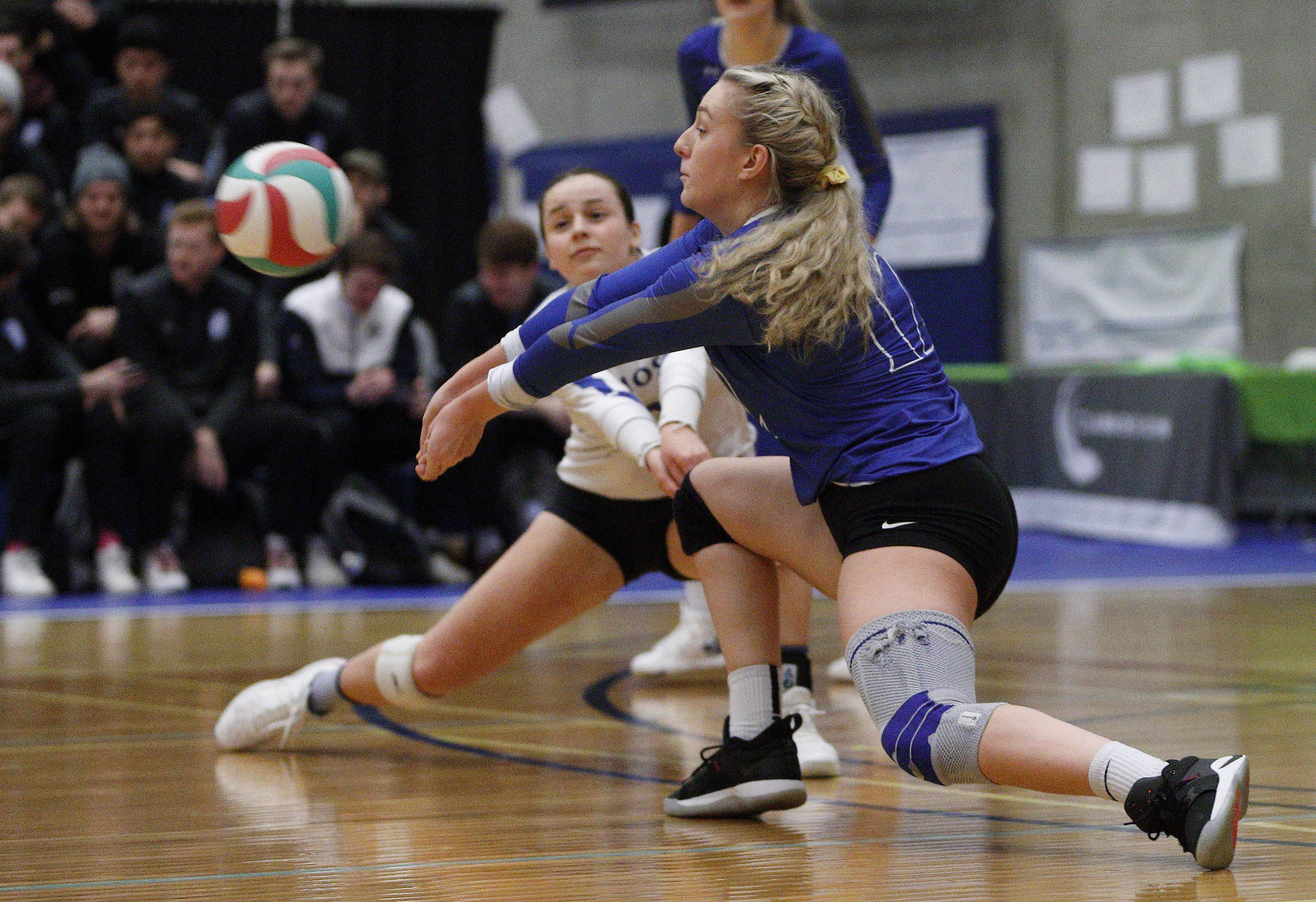

If you've ever suffered from chronic knee pain (like patellar tendinitis or patellofemoral syndrome) or if you've been told that your knees fall inward when you jump, land, or squat, this program is for you. The exercises in this program will challenge your strengthen and gain stability in key areas that help improve alignment and prevent pain and injury.
This program should be done along with general strength training for you lower body. If you're someone who is not very flexible, you may also benefit from additional stretching (usually for your quadriceps, hamstrings, adductors, and calves).
If you experience pain in any of the exercises in this program, see a healthcare professional who can help address your individual needs. In the meantime, do the exercises that don't cause pain. Mild discomfort is sometimes ok to work through, but it's recommended to discuss this with a qualified healthcare practitioner if the pain is significant or if it persists.
How to progress through this program:
1. Begin by doing the minimum number of sets of the minimum number of reps.
2. Then increase the number of reps you do in each set until you reach the maximum number of reps
3. Increase the number of sets you complete, starting over at the lowest number of reps
4. Repeat this cycle until you can complete the maximum number of both sets and reps



This is a general warm up for your whole body. Follow along with this video to master the whole sequence. It will take a few tries to get it right but once you've got it committed to memory it goes quite quickly.
This portion of your warm up should leave you feeling loosened up so you can move on to higher intensity movements that may be a part of your specific warm up. One round may be enough, depending on your fitness level. If not, repeat as needed.



Starting in a pushup position, bring one foot up beside your hands, outside your body. Sink your hips so that you feel a stretch in the front of the straight leg and/or the back of your bent leg. Twist to reach each hand up toward the ceiling. Put your back knee down while you use your hand to push your front knee out to the side. Then rock back onto your heel and straighten your front leg to feel a stretch in the back of your thigh or knee. Return to the starting position and repeat on the other side.
Do at least 5 on each side.
If you feel a strong stretch in any portion of the sequence it's an indication that your flexibility needs a little more work. Either perform multiple sets of 5 with a minute of rest in between or increase the number of reps to up to 10.



In a downward-facing dog position (hips piked upwards from a pushup position) bend one knee forward while the other straightens. Driving the straight leg's heel toward the floor will help youfeel a stretch in your calf.
Alternate sides, holding for 1-2 seconds per side, until you've done 10-15 on each side.



Stand on a box, step out (not down), and drop to land in an athletic stance with equal weight on both feet. Start by using a box that is about 12" (30 cm) high and progress gradually up to a maximum height of 24" (60 cm).
Three versions of this exercise are included in this video, to demonstrate your options for developing stability in your lower extremities:
- Version 1: Land with your feet facing forward and your shoulders facing to the side.
- Version 2: Have a partner toss a ball to you, catch it with two hands. Tossing the ball to either side will force you to land with your upper body twisted and require more stability from your lower body.
- Version 3: Prepare an uneven landing surface, with one side being 1 to 4 inches (2 to 10 cm) higher than the other. A small difference in height is enough to cause your lower body to collect itself in a stable pattern.
All three variations work well and it is recommended to do them all. Different versions could be done in different workouts or they can be grouped together as the video demonstrates.
Perform 2-3 sets of 6-8 repetitions, resting at least 2 minutes in between sets.



Holding clubs in both hands, generate momentum with both your lower and upper body and swing the clubs sideways to shoulder height. Allow them to swing down as you bend forward to allow them to pass in front of your knees and swing back the other way.
Perform 3 sets of 8 swings on either side, resting for 2 minutes in between sets.
This movement can also be done with dumbbells or weight plates instead of Indian clubs. Hold the dumbbells by one end if possible, to simulate using clubs.



Holding a weight plate like a steering wheel, quickly swing the plate down and to the side before lifting it diagonally up and to the other side, over your shoulder. Repeat, swinging the weight plate in the opposite direction.
Swing the plate 8 times in each direction to complete a set. Complete 3 sets total, resting for 90 seconds in between.
This exercise can be done with anything heavy as a substitute for a weight plate - medicine ball, dumbell, kettlebell, sand bag, etc.



Start standing and lean back, keeping a straight line between your head and knees. Your knees will bend forward and your heels will lift up. Go down as far as you can before returning to the starting position. Avoid the tendency to bend at the hips on your way back up.
Do 3-5 sets of 5-8, resting for 90 seconds between sets.
You may be limited by your strength or your flexibility - both will progress together by doing this workout multiple times. Just go down as far as you comfortably can and keep at it.



Standing on a sloped surface, slowly lower yourself down on one leg, into a squat position. Bring your free leg back underneath you and use both legs to return to a standing position. An angled surface is preferred, but standing on the front edge of a box and having your free leg move forward off the box is a good substitute.
Do 8-15 repetitions on each leg, resting for 90 seconds between sets and completing 2-3 sets total.
You may feel some strain in the front of your knee if you have a history of patellar tendon injury. Mild discomfort is usually ok to work through, but it's recommended to discuss this with a qualified healthcare practitioner if the pain is significant or if it persists.